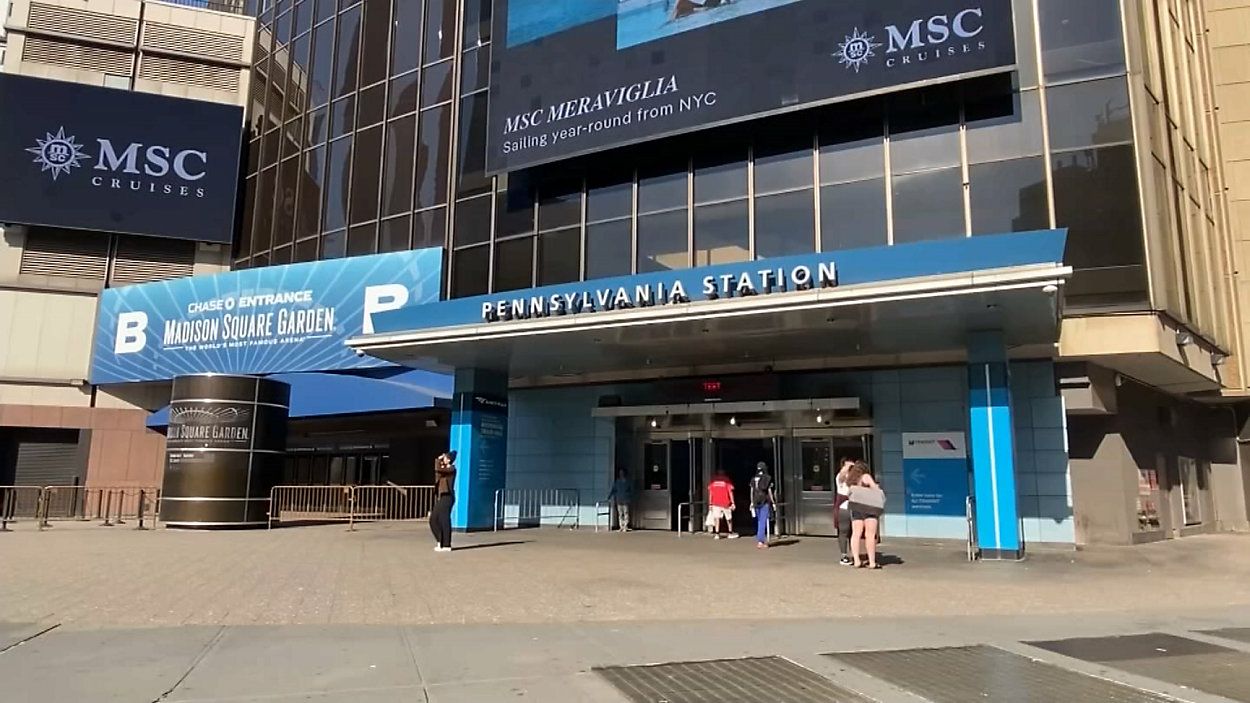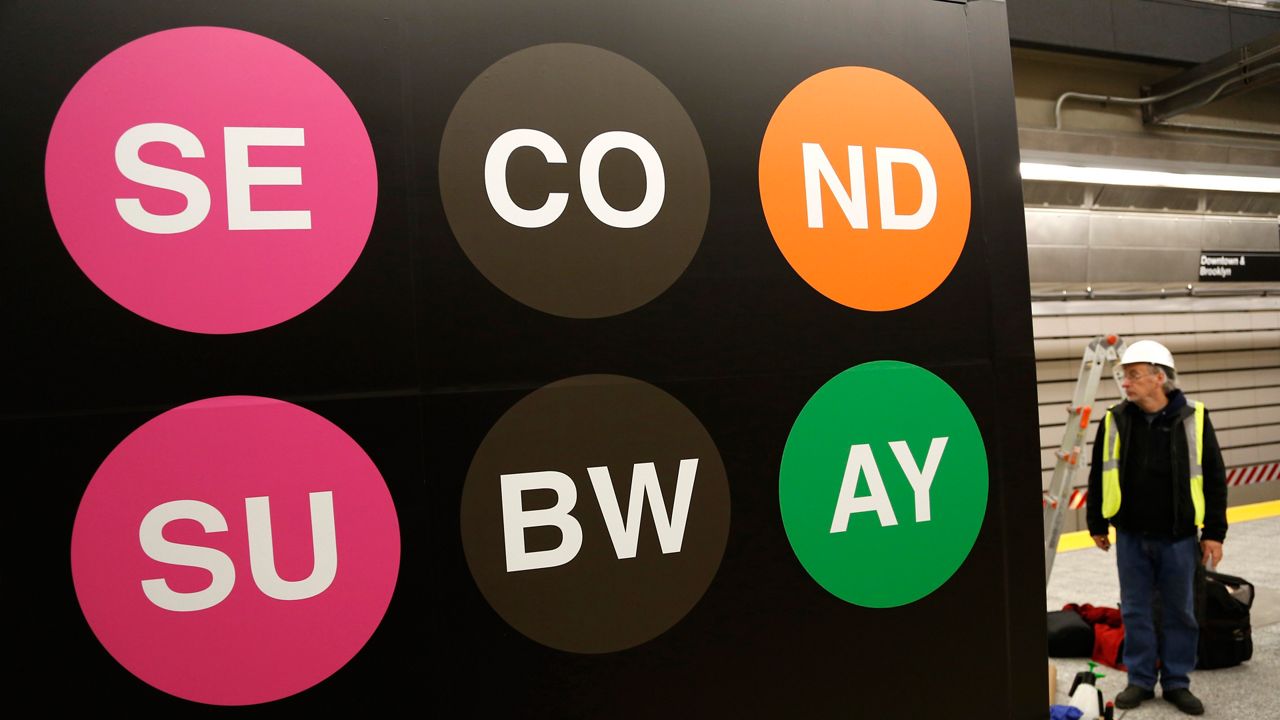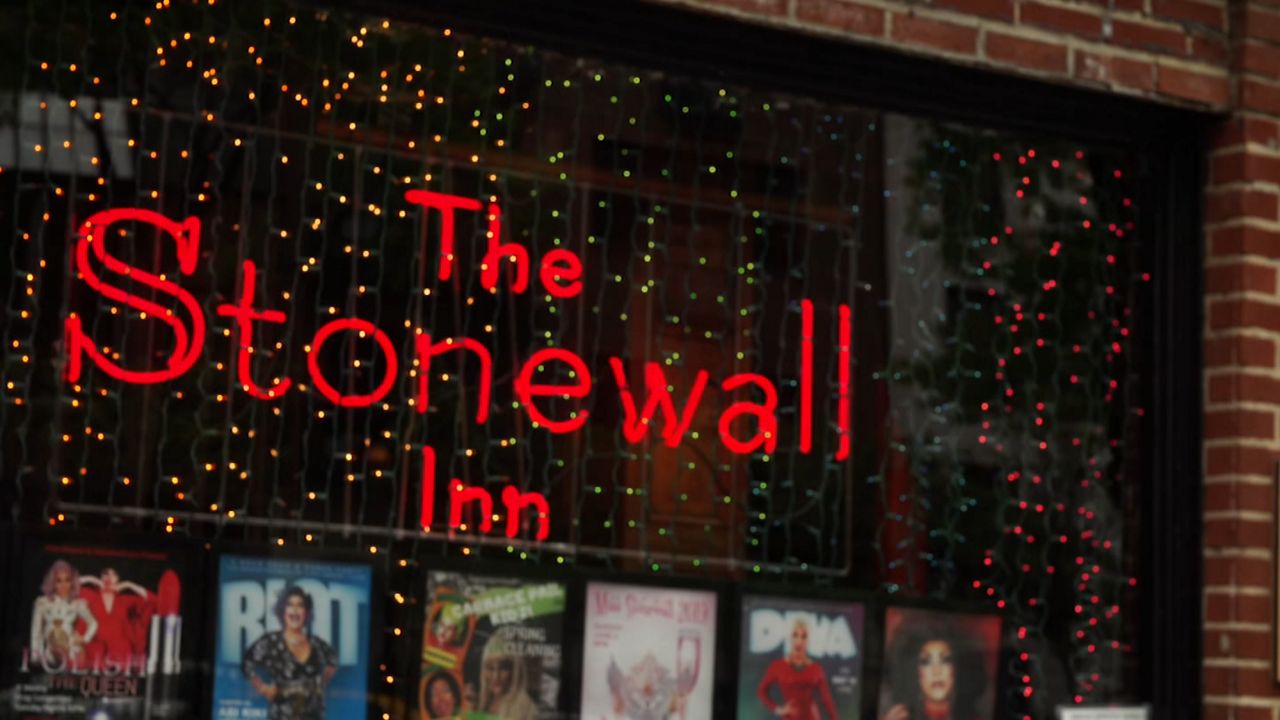Gov. Andrew Cuomo offered New Yorkers a stark choice Thursday, saying that unless lawmakers get on board with his plan to authorize new tolls for motorists entering the busiest parts of Manhattan, fares and tolls for subways, buses, tunnels and bridges will go up by 30 percent.
"The MTA is a disgrace for this state, we all know it. It's too vital, we have to do better," Cuomo told a gathering of the Association for a Better New York. "Let's be honest, let's step up, let's address the issue, let's take on the politics.""The MTA is a disgrace for this state, we all know it. It's too vital, we have to do better," Cuomo told a gathering of the Association for a Better New York. "Let's be honest, let's step up, let's address the issue, let's take on the politics."
Despite the ultimatum, however, the Democratic governor offered few new details about his toll plan during Thursday's remarks before city business leaders. Cuomo has said that congestion tolls on vehicles driving south of 60th Street in Manhattan are the best way to address gridlock while also raising money for transit improvements. But he has not suggested a specific toll amount, frustrating the lawmakers who must approve the toll and justify it to their constituents.
Cuomo wants tolls approved by the end of March as part of next year's state budget.
Cuomo said that without the tolls, which he estimates could raise $1 billion annually, the Metropolitan Transportation Authority (MTA) will have no choice but to raise its bus and subway fares by 30 percent. Tolls for MTA bridges and tunnels would go up, too. Known as congestion tolls, similar surcharges have been used in cities including London and Singapore as a way to encourage the use of mass transit.
MTA officials laid out a similar choice — new tolls or higher fares — last week at a legislative budget hearing in Albany, prompting lawmakers to ask officials why they haven't released a suggested toll amount, or said exactly how the money would be spent.
But congestion pricing already failed in the state legislature about a decade ago, and some of the same concerns remain in place today, including that charging drivers to come into Manhattan during business hours will most adversely affect those who live in the four boroughs outside of Manhattan.
- New York Government Guide: Learn more about how state government works, and how to keep track of legislation.
Cuomo claims 25 percent of those costs will be borne by out-of-state drivers, and the percentages from the five boroughs are much smaller. In Brooklyn, only 1.3 percent commute by car. In Queens, it's 2.2 percent, 1.9 percent in the Bronx, and 2.3 percent for Staten Island.
"Those are the numbers of people who would actually be affected," the governor said. "But this congestion pricing is still going to be a politically difficult battle."
But some elected officials representing Queens and Brooklyn aren't buying it.
"Numbers are a finite and funny thing," Queens State Sen. Leroy Comrie said. "Numbers are being presented to try and push it in one direction. I don't necessarily agree with those numbers."
"I think it will affect my constituents. I think it will affect small businesses," Queens Assemblyman David Weprin said. "I like the fact that he recognizes that there is more than one alternative to congestion pricing.""I think it will affect my constituents. I think it will affect small businesses," Queens Assemblyman David Weprin said. "I like the fact that he recognizes that there is more than one alternative to congestion pricing."
Congestion pricing would raise about $1 billion a year, which could then be bonded for another $15 billion. Cuomo vows to put that money in a lockbox dedicated to MTA funding.
Information from the Associated Press was used in this story.
-------
Looking for an easy way to learn about the issues affecting New York City and what local politicians are doing to solve them?
Listen to our "Off Topic/On Politics" podcast: Apple Podcasts | Google Play | Spotify | iHeartRadio | Stitcher | RSS





_ES_Congestion_Pricing_Flaws_Presser_CLEAN_132774690_1428)


